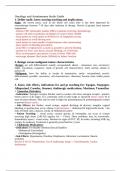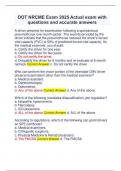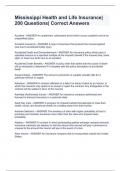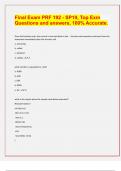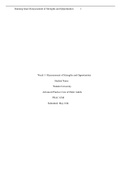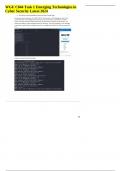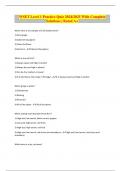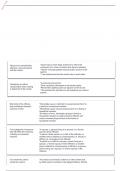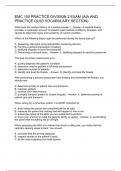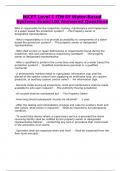Exam (elaborations)
NURS 623 Oncology & Autoimmune Study Guide University of Texas Arlington
- Course
- Institution
NURS 623 Oncology & Autoimmune Study Guide University of Texas Arlington/NURS 623 Oncology & Autoimmune Study Guide University of Texas Arlington/NURS 623 Oncology & Autoimmune Study Guide University of Texas Arlington/NURS 623 Oncology & Autoimmune Study Guide University of Texas Arlington
[Show more]
